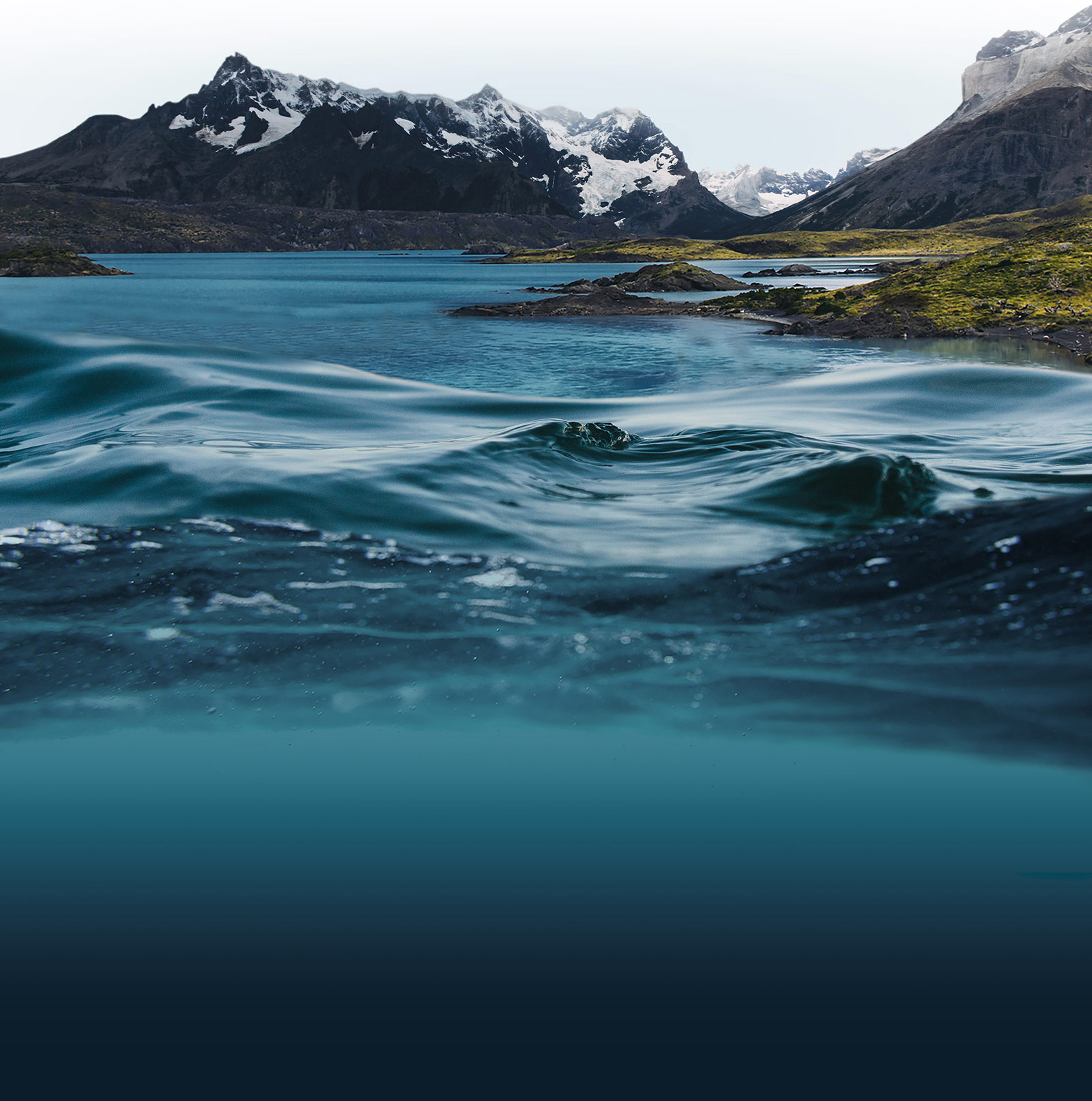Here’s how technology can transform conservation.
Climate change, pollution and habitat loss are putting pressure on Earth like never before. Global wildlife numbers have plummeted by 60 per cent since 1970. From barren-ground caribou to Jefferson’s salamander, half of Canada’s monitored wildlife have declined between 1970 and 2014.
Science and technology can help us tackle the planet’s most challenging environmental issues. These tools can help fill crucial data gaps, identify the most important habitats and use that knowledge to protect the diversity of species across this country.
All our conservation technology work is conducted with care and respect to ensure zero or very minimal disruption to the wildlife we're supporting, and is often completed alongside community partners.
Click on the targets to learn more about how we use technology in our different program areas.

ARCTIC
ARCTIC
Conservation drones and AI are helping us learn more about Canada’s magnificent Arctic species. Projects include aerial imagery for narwhal habitats, mapping polar bear denning sites, and determining critical nursery area for Canada’s most threatened beluga populations.
RESEARCH & INNOVATION
RESEARCH & INNOVATION
By creating three dimensional structures of an object, remote sensing technology has helped conservation projects ranging from mapping out carbon storage across Canada to forecasting habitat changes in the next 30 years.
FRESH WATER
FRESH WATER
Machine learning and molecular genetics are determining water health, predicting potential spawning habitat for forage fish, and providing enhanced security for database management.
OCEANS
OCEANS
Solar-powered hydrophones are monitoring marine mammals in real time. Data collected from this tool can help determine the presence of marine mammals, avoid future vessel strikes, and devise robust conservation strategies.